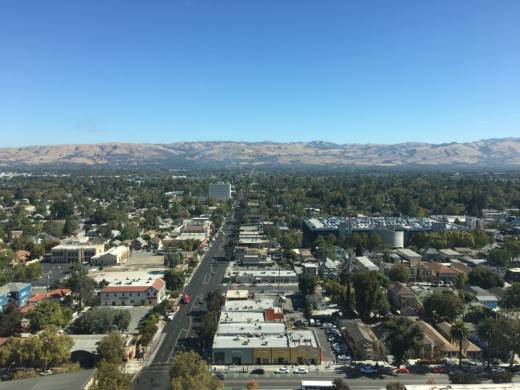Economists have used the term "full employment" to describe the Bay Area's job market, and the region has a reputation of having plenty of jobs. Take Santa Clara County: The unemployment rate hovers around 3.9 percent.
But the county actually lost jobs in August -- 3,000, according to the state Employment Development Department. The San Francisco-San Mateo area saw a decline of 2,000 jobs during the same period.
Robert Kleinhenz, executive director of research for Beacon Economics, says the decline might give us a window into how the housing crisis is affecting job growth. "We think that it's a binding constraint on growth in the labor force," he explains, "and in turn growth in the overall economy."
Kleinhenz has been studying the correlation between high housing prices and job growth in San Francisco and the Silicon Valley. "Those two areas, for several years, accounted for a huge share of job growth in the state as a whole. All of that has really slowed down," says Kleinhenz.
Many of the losses were in the transportation, utilities, construction and service sectors -- industries with more middle- and low-income employees.
